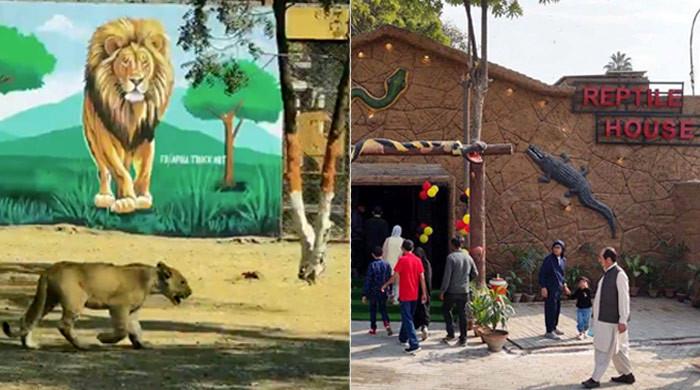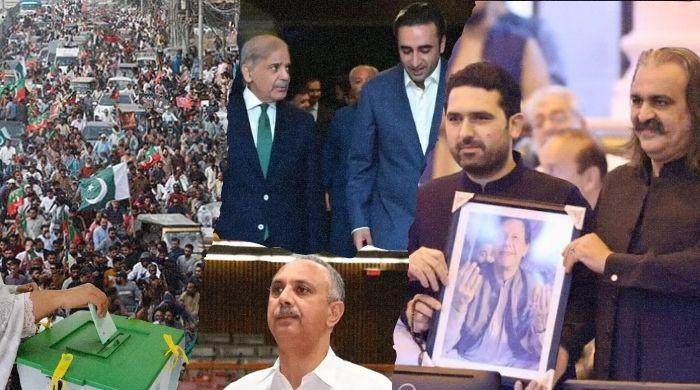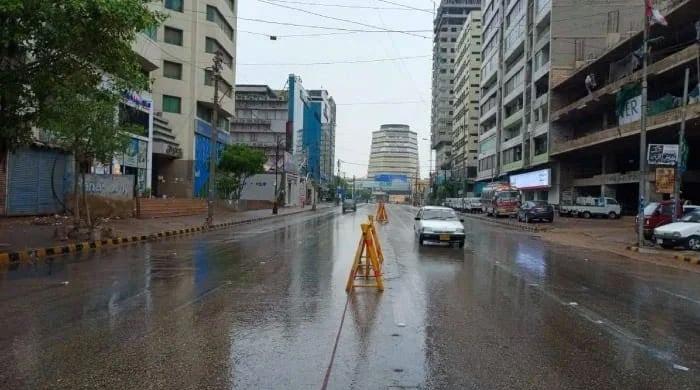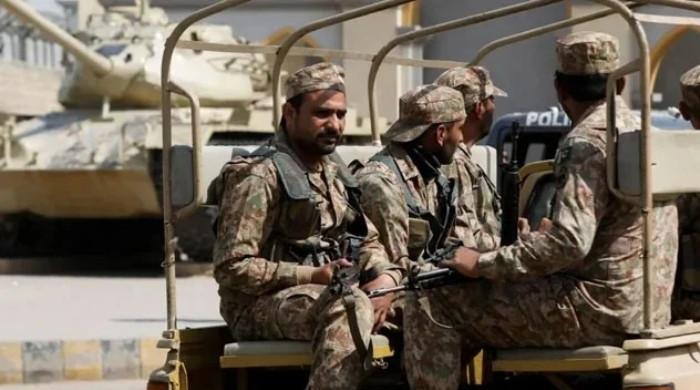Lahore chokes on air pollution from transport
Lahore ranks the most polluted city in the world, recording five times more toxic pollutants in the air than considered safe by WHO
November 16, 2021
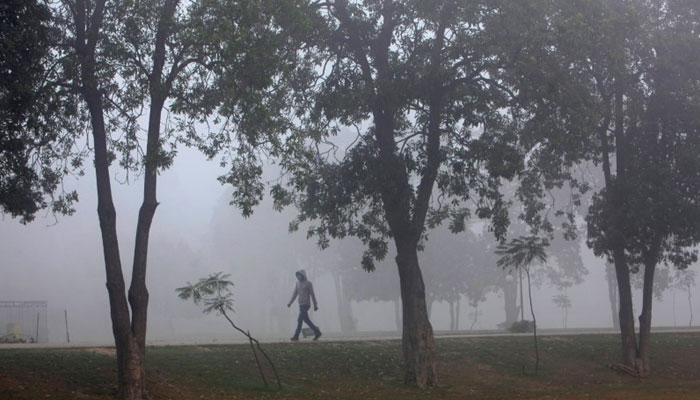
- Lahore ranks the most polluted city in the world, recording five times more toxic pollutants in the air than considered safe by WHO.
- This month, Lahore’s air has consistently been classified as “Hazardous” to human health.
- PDMA has formed anti-smog teams, which will inspect the most polluting sectors.
Lahore ranked as the most polluted city in the world on Tuesday morning, recording five times more toxic pollutants in the air than considered safe by the World Health Organisation (WHO).
The over 11 million people of the city began their day surrounded by a thick layer of smog and an air quality index (AQI) of 296, categorised as “Very Unhealthy”, by IQAir, a Swiss air quality monitoring company. Lahore, the capital of the Punjab province, was listed as the city with the dirtiest air, out of 94 cities across the world that the Swiss company monitored daily.
This month, Lahore’s air has consistently been classified as “Hazardous” or “Very Unhealthy” to human health, containing high levels of pollutants which could cause cancer. On Monday, the government of Punjab also rolled out public service messages declaring smog a “calamity” and advising people to stay indoors.
A major contributor to the brown haze this year is emissions from vehicles, Nisar Ahmed, the director of operations at the Provincial Disaster Management Authority (PDMA) told Geo.tv. “25% is caused by vehicles, 25% by emissions from industries, 12% due to Sulphur burning, 10% is general dust in the air and around 10-12% is due to crop burning across the border in India,” Ahmed explained.
To tackle the crisis, PDMA and the district administration in Lahore have formed anti-smog teams, which will inspect the most polluting sectors and ensure that anti-smog practices are followed.
From November 1 to November 12; 1,991 police complaints have already been registered against those who did not comply, while 123 people have been arrested, as per the PDMA’s data.
Ahmed said that a serious problem for the administration were brick kilns who stubbornly refuse to play their part in reducing pollution.
Even though the over 8,000 brick kilns in Punjab have been converted to zig-zag technology to reduce carbon emission, yet, brick kilns owners do not cooperate.
“The blowers and fans that are installed to prevent the black smoke from being emitted at a brick kiln are usually shut down by the owners to save electricity,” the director of operations said.
The other problem is oil companies. Ahmed added that oil companies have been warned time and time again to only sell Euro 5 — a fuel considered higher in quality and lower in emission.
Children and the elderly are considered most at-risk from smog. When inhaled, toxic pollutants in the air increase a person’s risk of serious heart and lung diseases such as asthma, bronchitis and possibly cancer. It is also known to shorten the lifespan.




